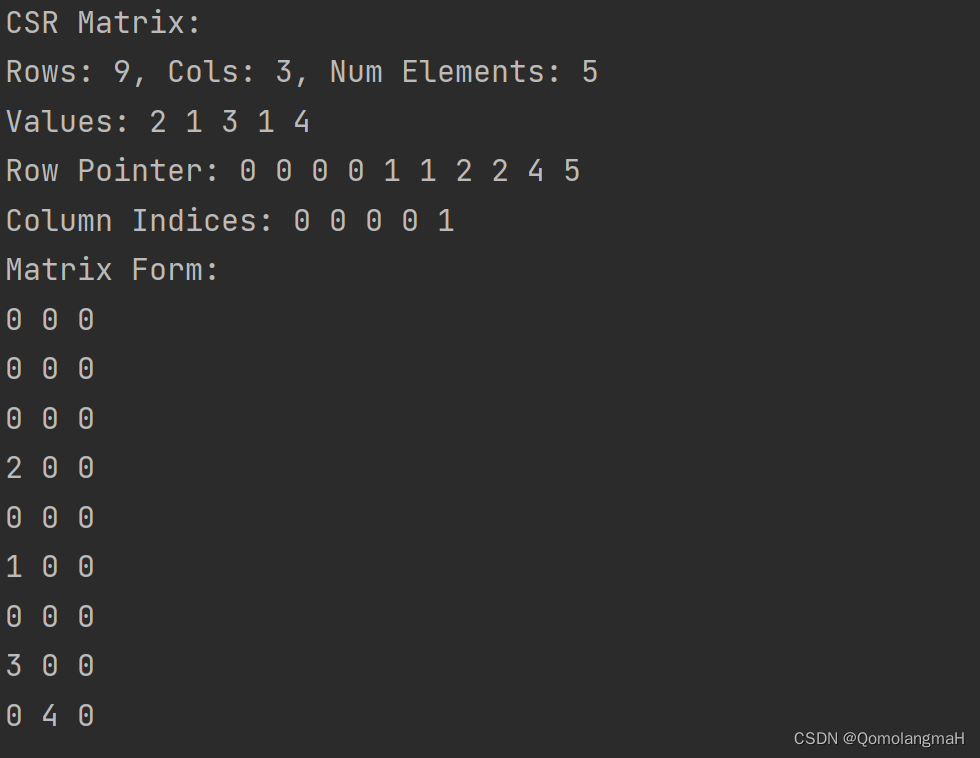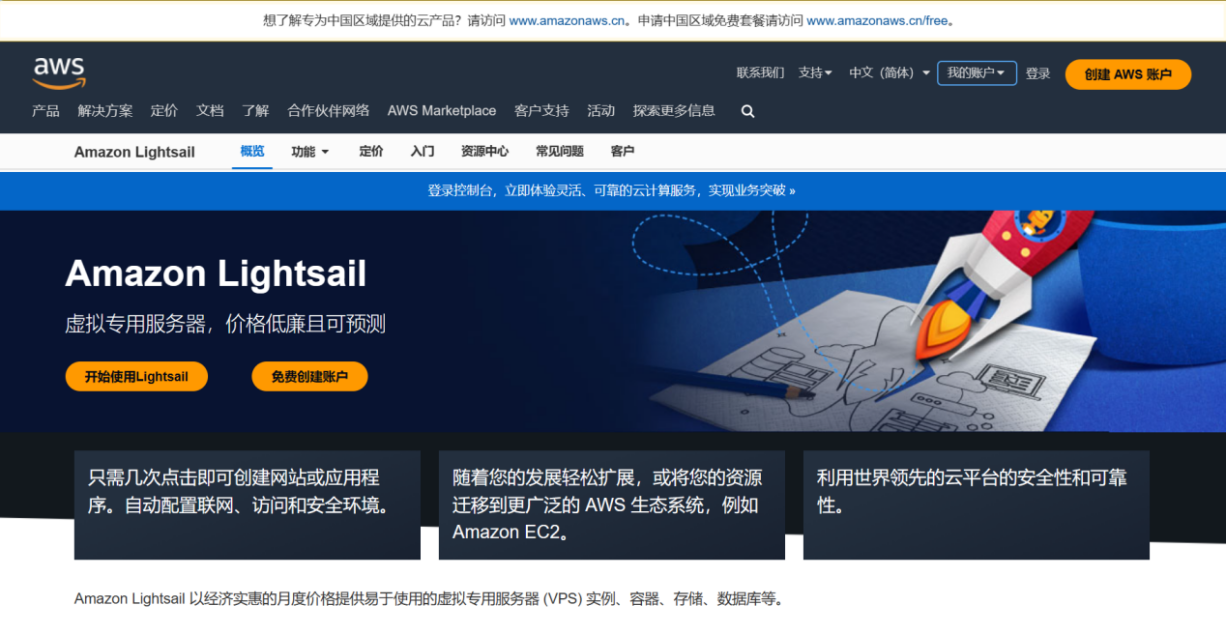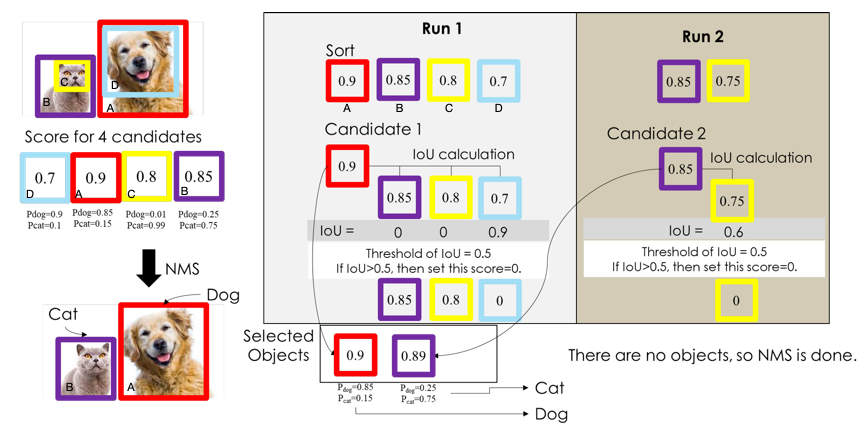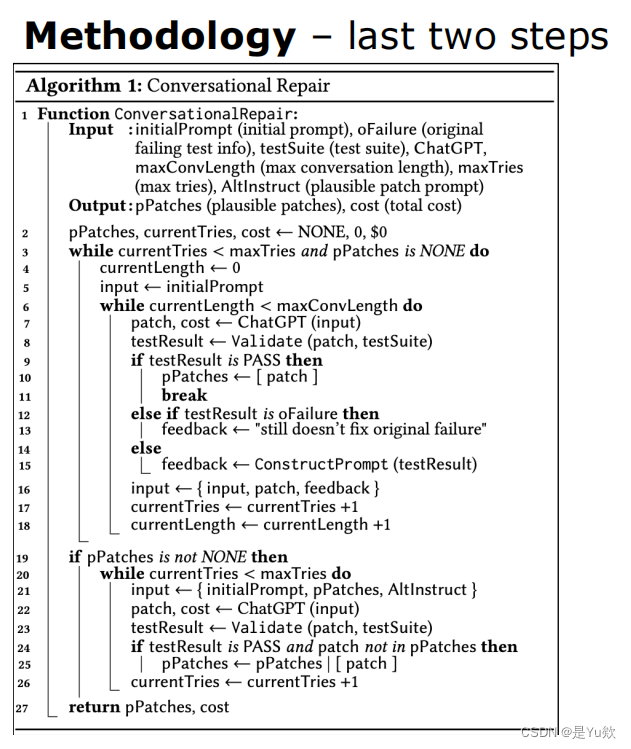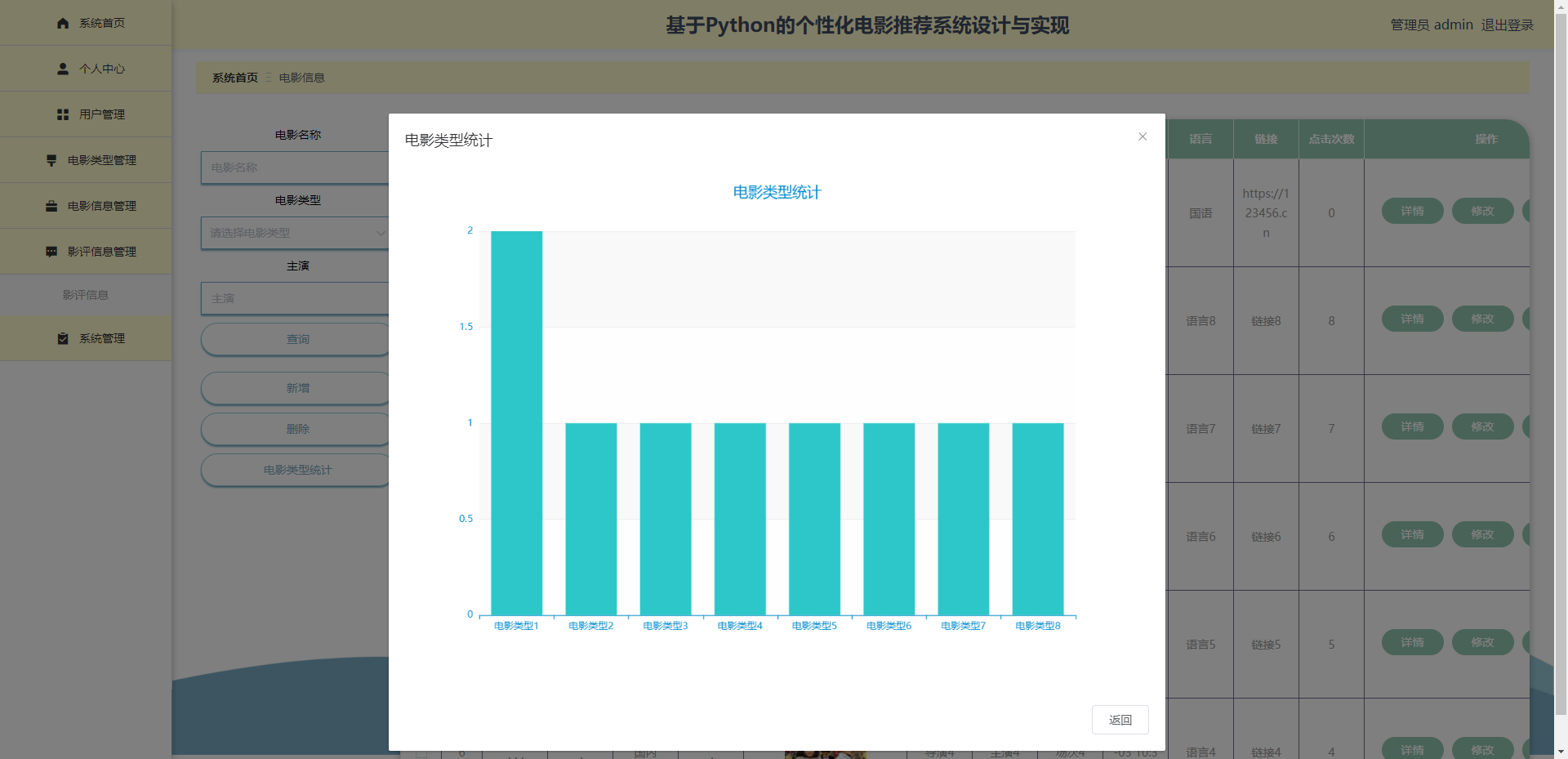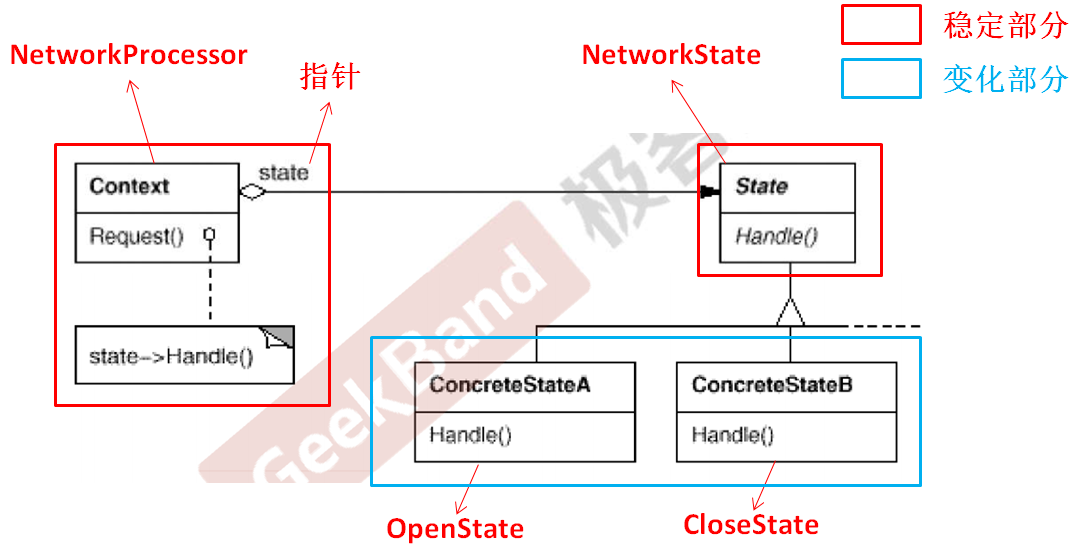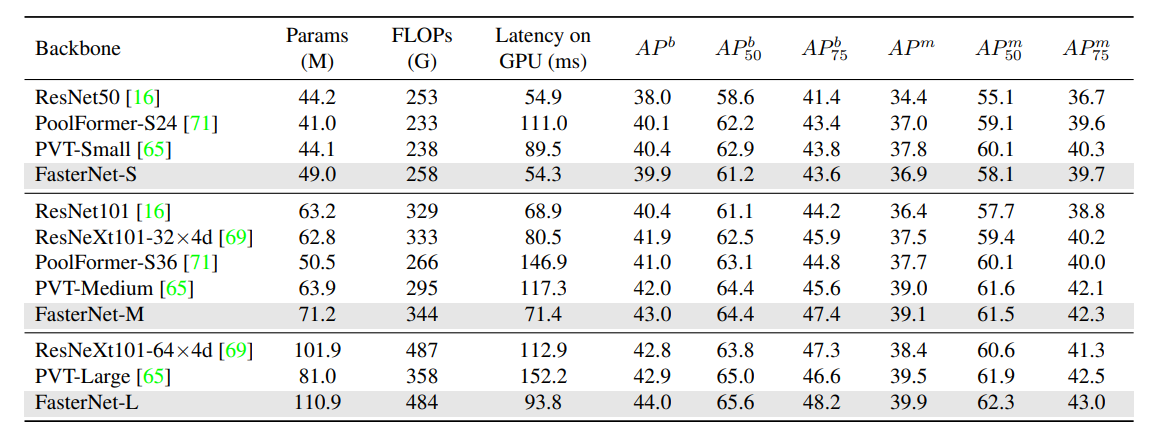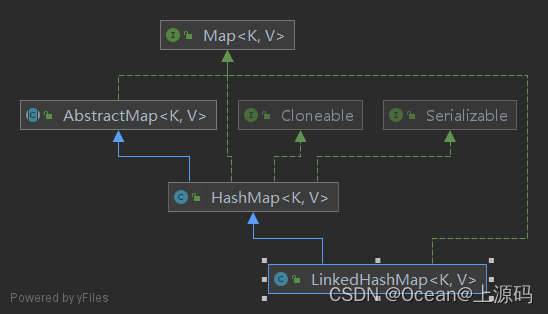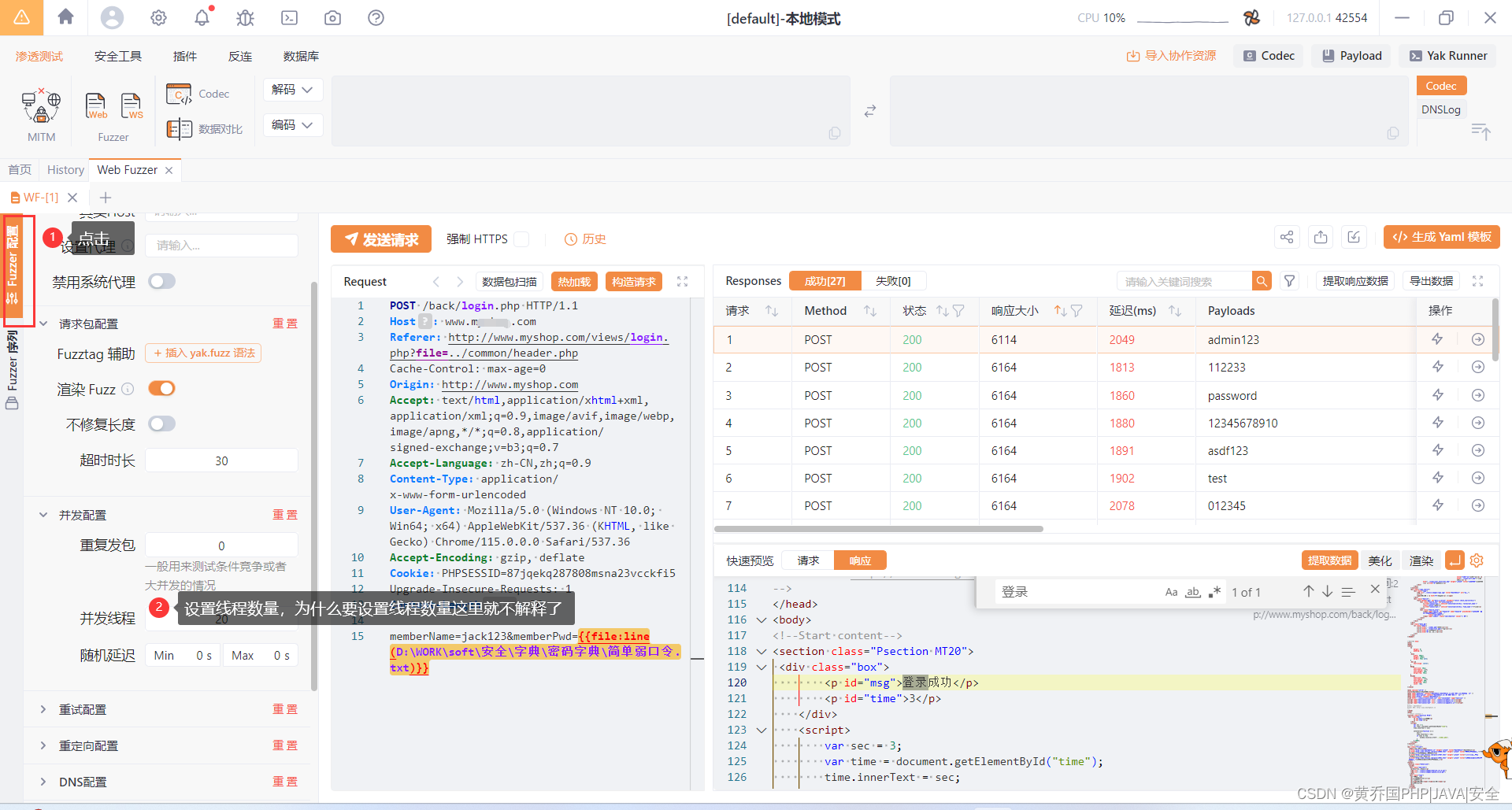一.实现左侧菜单绑定
效果图:![]()

1.首先需要在项目中创建 mvvm 的架构模式
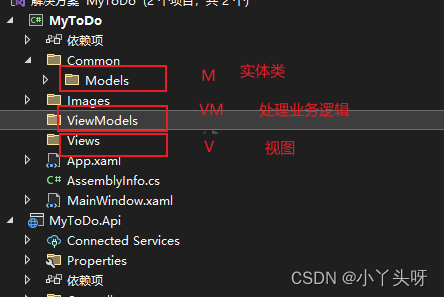
- 创建 Models ,放置实体类。
实体类需要继承自Prism 框架的 BindableBase,目的是让实体类支持数据的动态变更!
- 例如: 系统导航菜单实体类
/ <summary>
/// 系统导航菜单实体类
/// </summary>
public class MenuBar:BindableBase
{
private string icon;
/// <summary>
/// 菜单图标
/// </summary>
public string Icon
{
get { return icon; }
set { icon = value; }
}
private string title;
/// <summary>
/// 菜单名称
/// </summary>
public string Title
{
get { return title; }
set { title = value; }
}
private string nameSpace;
/// <summary>
/// 菜单命名空间
/// </summary>
public string NameSpace
{
get { return nameSpace; }
set { nameSpace = value; }
}
}- 创建View文件夹 放置前端显示页面 。例如:创建首页:MainView.xaml
- 创建ViewModel 文件夹,放置前端逻辑处理类。意思是:有前端页面同时,也要有对应的后台业务逻辑处理类。例如:MainViewModel

- 使用了Prism 框架,一些视图或类的定义都是有约定的。例如:视图统一使用xxxView 结尾。视图模形统一使用xxxViewModel 结尾。这样做的原因是:第一规范,第二,方便使用 Prism 进行动态的方式绑定上下文的时候,能自动找到对应类。
- Prism 动态上下文绑定方式,引入命名空间,把 AutoWireViewModel 设置成 True
xmlns:prism="http://prismlibrary.com/" prism:ViewModelLocator.AutoWireViewModel="True"
2.创建MainViewModel 逻辑处理类
MainViewModel 类同样也需要继承自Prism 框架的 BindableBase
- 创建左侧菜单的数据,需要使用到一个动态的属性集合 ObservableCollection 来存放菜单的数据

- 创建菜单数据
public class MainViewModel: BindableBase
{
public MainViewModel()
{
MenuBars=new ObservableCollection<MenuBar>();
CreateMenuBar();
}
private ObservableCollection<MenuBar> menuBars;
public ObservableCollection<MenuBar> MenuBars
{
get { return menuBars; }
set { menuBars = value; RaisePropertyChanged(); }
}
void CreateMenuBar()
{
MenuBars.Add(new MenuBar() { Icon="Home",Title="首页",NameSpace="IndexView"});
MenuBars.Add(new MenuBar() { Icon = "NotebookCheckOutline", Title = "待办事项", NameSpace = "ToDoView" });
MenuBars.Add(new MenuBar() { Icon = "NotebookPlusOutline", Title = "忘备录", NameSpace = "MemoView" });
MenuBars.Add(new MenuBar() { Icon = "Cog", Title = "设置", NameSpace = "SettingsView" });
}
}
- NameSpace:主要用于导航
- Icon:是Material DesignThemes UI 框架里面的图标名称
3.MainView.xaml 前端绑定数据
- 列表数据的绑定,使用ListBox 的自定义模板,也就是 ListBox.ItemTemplate,并且写法是固定的
<!--列表-->
<ListBox>
<ListBox.ItemTemplate>
<DataTemplate>
<!--在这里添加内容数据-->
</DataTemplate>
</ListBox.ItemTemplate>
</ListBox>- 例如:结合上面创建MainViewModel 类,给MainView.xaml 渲染数据
<!--列表-->
<ListBox ItemsSource="{Binding MenuBars}">
<ListBox.ItemTemplate>
<DataTemplate>
<StackPanel Orientation="Horizontal">
<materialDesign:PackIcon Kind="{Binding Icon}" Margin="15,0" />
<TextBlock Text="{Binding Title}" Margin="10,0"/>
</StackPanel>
</DataTemplate>
</ListBox.ItemTemplate>
</ListBox>- MainView.xaml 添加动态绑定 上下文
xmlns:prism="http://prismlibrary.com/"
prism:ViewModelLocator.AutoWireViewModel="True"注意:项目中的MainWindow.xaml 已经改成了MainView.xaml,并且把启动页设置成 MainView了
- 最终项目结构

4.左侧菜单样式调整
- 在App.xaml 资源文件中,更改默认的主题颜色

- 更改左侧列表选择的样式
重写自定义样式
- 在App.xaml 文件中 资源字典 ResourceDictionary 节点中,设置Style 属性来进行样式重写
Style 使用方式
- TargetType :设置作用的目标类型
- Setter :设计器,里面有2个常用属性,分别是Property 和Value。用来改变设置作用的目标类型一些属性的值
- key: 通过指定的key 来使用重写的样式
例如:设置ListBoxItem 属性中的最小行高为40
<Style TargetType="ListBoxItem">
<Setter Property="MinHeight" Value="40"/>
</Style>3. Property 中有一个特别的属性:Template。用于改变控件的外观样式。并且也有固定的写法
<Setter Property="Template">
<Setter.Value>
<ControlTemplate TargetType="{x:Type ListBoxItem}">
</ControlTemplate>
</Setter.Value>
</Setter>TargetType 有2种写法
- 一种是直接用Style 设置一些属性,可以这样写 TargetType="ListBoxItem"
- 另外一种写法是,当需要使用到自定义模板,也就是要改变控件的外观样式时,Property 设置的值为 Template,里面TargetType 写法就变成这样 TargetType="{x:Type ListBoxItem}"
- 使用自定义的模板时,需要使用到一个属性 ContentPresenter,把原有模板的属性原封不动的投放到自定义模板。
4. 触发器,它按条件应用属性值或执行操作
如果使用Template 自定义控件样式后,需要搭配触发器进行使用。
例如:
<ControlTemplate TargetType="{x:Type ListBoxItem}"> <Grid> <!--内容最左侧的样式--> <Border x:Name="borderHeader"/> <!--内容选中的样式--> <Border x:Name="border"/> <!--内容呈现,使用自定义模板时,不加该属性,原先的内容无法呈现--> <ContentPresenter HorizontalAlignment="{TemplateBinding HorizontalAlignment}" VerticalAlignment="{TemplateBinding VerticalContentAlignment}"/> </Grid> <!--触发器--> <ControlTemplate.Triggers> <!--如果是选中状态--> <Trigger Property="IsSelected" Value="True"> <!--第一个Border 设置边框样式--> <Setter Property="BorderThickness" TargetName="borderHeader" Value="4,0,0,0"/> <!--第一个Border 设置边框颜色,value 动态绑定主要是为了适应主题颜色更改时,边框也着变--> <Setter Property="BorderBrush" TargetName="borderHeader" Value="{DynamicResource PrimaryHueLightBrush}"/> <!--第二个border 设置选中的样式--> <Setter Property="Background" TargetName="border" Value="{DynamicResource PrimaryHueLightBrush}"/> <!--第二个border 设置选中的透明度--> <Setter Property="Opacity" TargetName="border" Value="0.2"/> </Trigger> <!--鼠标悬停触发器,如果鼠标悬停时--> <Trigger Property="IsMouseOver" Value="True"> <!--第二个border 设置选中的样式--> <Setter Property="Background" TargetName="border" Value="{DynamicResource PrimaryHueLightBrush}"/> <!--第二个border 设置选中的透明度--> <Setter Property="Opacity" TargetName="border" Value="0.2"/> </Trigger> </ControlTemplate.Triggers> </ControlTemplate>
5. 样式写完后,需要在MainView.xmal 的ListBox中使用这个样式资源文件,通过指定Key 来使用。

二.源码
1.MainView.xaml
<Window x:Class="MyToDo.Views.MainView"
xmlns="http://schemas.microsoft.com/winfx/2006/xaml/presentation"
xmlns:x="http://schemas.microsoft.com/winfx/2006/xaml"
xmlns:d="http://schemas.microsoft.com/expression/blend/2008"
xmlns:mc="http://schemas.openxmlformats.org/markup-compatibility/2006"
xmlns:local="clr-namespace:MyToDo"
xmlns:prism="http://prismlibrary.com/"
prism:ViewModelLocator.AutoWireViewModel="True"
WindowStyle="None" WindowStartupLocation="CenterScreen" AllowsTransparency="True"
Style="{StaticResource MaterialDesignWindow}"
TextElement.Foreground="{DynamicResource MaterialDesignBody}"
Background="{DynamicResource MaterialDesignPaper}"
TextElement.FontWeight="Medium"
TextElement.FontSize="14"
FontFamily="{materialDesign:MaterialDesignFont}"
mc:Ignorable="d"
xmlns:materialDesign="http://materialdesigninxaml.net/winfx/xaml/themes"
Title="MainWindow" Height="768" Width="1280">
<materialDesign:DialogHost DialogTheme="Inherit"
Identifier="RootDialog"
SnackbarMessageQueue="{Binding ElementName=MainSnackbar, Path=MessageQueue}">
<materialDesign:DrawerHost IsLeftDrawerOpen="{Binding ElementName=MenuToggleButton, Path=IsChecked}">
<!--左边菜单-->
<materialDesign:DrawerHost.LeftDrawerContent>
<DockPanel MinWidth="220" >
<!--头像-->
<StackPanel DockPanel.Dock="Top" Margin="0,20">
<Image Source="/Images/user.jpg" Width="50" Height="50">
<Image.Clip>
<EllipseGeometry Center="25,25" RadiusX="25" RadiusY="25" />
</Image.Clip>
</Image>
<TextBlock Text="WPF gg" Margin="0,10" HorizontalAlignment="Center" />
</StackPanel>
<!--列表-->
<ListBox ItemContainerStyle="{StaticResource MyListBoxItemStyle}" ItemsSource="{Binding MenuBars}">
<ListBox.ItemTemplate>
<DataTemplate>
<StackPanel Orientation="Horizontal" Background="Transparent">
<materialDesign:PackIcon Kind="{Binding Icon}" Margin="15,0" />
<TextBlock Text="{Binding Title}" Margin="10,0"/>
</StackPanel>
</DataTemplate>
</ListBox.ItemTemplate>
</ListBox>
</DockPanel>
</materialDesign:DrawerHost.LeftDrawerContent>
<DockPanel >
<!--导航条色块-->
<materialDesign:ColorZone Padding="16" x:Name="ColorZone"
materialDesign:ElevationAssist.Elevation="Dp4"
DockPanel.Dock="Top"
Mode="PrimaryMid">
<DockPanel LastChildFill="False">
<!--上左边内容-->
<StackPanel Orientation="Horizontal">
<ToggleButton x:Name="MenuToggleButton"
AutomationProperties.Name="HamburgerToggleButton"
IsChecked="False"
Style="{StaticResource MaterialDesignHamburgerToggleButton}" />
<Button Margin="24,0,0,0"
materialDesign:RippleAssist.Feedback="{Binding RelativeSource={RelativeSource Self}, Path=Foreground, Converter={StaticResource BrushRoundConverter}}"
Command="{Binding MovePrevCommand}"
Content="{materialDesign:PackIcon Kind=ArrowLeft,
Size=24}"
Foreground="{Binding RelativeSource={RelativeSource AncestorType={x:Type FrameworkElement}}, Path=(TextElement.Foreground)}"
Style="{StaticResource MaterialDesignToolButton}"
ToolTip="Previous Item" />
<Button Margin="16,0,0,0"
materialDesign:RippleAssist.Feedback="{Binding RelativeSource={RelativeSource Self}, Path=Foreground, Converter={StaticResource BrushRoundConverter}}"
Command="{Binding MoveNextCommand}"
Content="{materialDesign:PackIcon Kind=ArrowRight,
Size=24}"
Foreground="{Binding RelativeSource={RelativeSource AncestorType={x:Type FrameworkElement}}, Path=(TextElement.Foreground)}"
Style="{StaticResource MaterialDesignToolButton}"
ToolTip="Next Item" />
<TextBlock Margin="16,0,0,0"
HorizontalAlignment="Center"
VerticalAlignment="Center"
AutomationProperties.Name="Material Design In XAML Toolkit"
FontSize="22"
Text="笔记本" />
</StackPanel>
<!--上右边图标-->
<StackPanel DockPanel.Dock="Right" Orientation="Horizontal">
<Image Source="/Images/user.jpg" Width="25" Height="25">
<Image.Clip>
<EllipseGeometry Center="12.5,12.5" RadiusX="12.5" RadiusY="12.5" />
</Image.Clip>
</Image>
<Button x:Name="btnMin" Style="{StaticResource MaterialDesignFlatMidBgButton}">
<materialDesign:PackIcon Kind="MoveResizeVariant" />
</Button>
<Button x:Name="btnMax" Style="{StaticResource MaterialDesignFlatMidBgButton}">
<materialDesign:PackIcon Kind="CardMultipleOutline" />
</Button>
<Button x:Name="btnClose" Style="{StaticResource MaterialDesignFlatMidBgButton}" Cursor="Hand">
<materialDesign:PackIcon Kind="WindowClose" />
</Button>
</StackPanel>
</DockPanel>
</materialDesign:ColorZone>
</DockPanel>
</materialDesign:DrawerHost>
</materialDesign:DialogHost>
</Window>
2.MainViewModel
namespace MyToDo.ViewModels
{
public class MainViewModel: BindableBase
{
public MainViewModel()
{
MenuBars=new ObservableCollection<MenuBar>();
CreateMenuBar();
}
private ObservableCollection<MenuBar> menuBars;
public ObservableCollection<MenuBar> MenuBars
{
get { return menuBars; }
set { menuBars = value; RaisePropertyChanged(); }
}
void CreateMenuBar()
{
MenuBars.Add(new MenuBar() { Icon="Home",Title="首页",NameSpace="IndexView"});
MenuBars.Add(new MenuBar() { Icon = "NotebookCheckOutline", Title = "待办事项", NameSpace = "ToDoView" });
MenuBars.Add(new MenuBar() { Icon = "NotebookPlusOutline", Title = "忘备录", NameSpace = "MemoView" });
MenuBars.Add(new MenuBar() { Icon = "Cog", Title = "设置", NameSpace = "SettingsView" });
}
}
}
3.App.xaml
<prism:PrismApplication x:Class="MyToDo.App"
xmlns="http://schemas.microsoft.com/winfx/2006/xaml/presentation"
xmlns:x="http://schemas.microsoft.com/winfx/2006/xaml"
xmlns:local="clr-namespace:MyToDo"
xmlns:materialDesign="http://materialdesigninxaml.net/winfx/xaml/themes"
xmlns:prism="http://prismlibrary.com/">
<Application.Resources>
<ResourceDictionary>
<ResourceDictionary.MergedDictionaries>
<materialDesign:BundledTheme BaseTheme="Dark" PrimaryColor="DeepPurple" SecondaryColor="Lime" />
<ResourceDictionary Source="pack://application:,,,/MaterialDesignThemes.Wpf;component/Themes/MaterialDesignTheme.Defaults.xaml" />
</ResourceDictionary.MergedDictionaries>
<Style x:Key="MyListBoxItemStyle" TargetType="ListBoxItem">
<Setter Property="MinHeight" Value="40"/>
<Setter Property="Template">
<Setter.Value>
<ControlTemplate TargetType="{x:Type ListBoxItem}">
<Grid>
<!--内容最左侧的样式-->
<Border x:Name="borderHeader"/>
<!--内容选中的样式-->
<Border x:Name="border"/>
<!--内容呈现,使用自定义模板时,不加该属性,原先的内容无法呈现-->
<ContentPresenter
HorizontalAlignment="{TemplateBinding HorizontalAlignment}"
VerticalAlignment="{TemplateBinding VerticalContentAlignment}"/>
</Grid>
<!--触发器-->
<ControlTemplate.Triggers>
<!--如果是选中状态-->
<Trigger Property="IsSelected" Value="True">
<!--第一个Border 设置边框样式-->
<Setter Property="BorderThickness" TargetName="borderHeader" Value="4,0,0,0"/>
<!--第一个Border 设置边框颜色,value 动态绑定主要是为了适应主题颜色更改时,边框也着变-->
<Setter Property="BorderBrush" TargetName="borderHeader" Value="{DynamicResource PrimaryHueLightBrush}"/>
<!--第二个border 设置选中的样式-->
<Setter Property="Background" TargetName="border" Value="{DynamicResource PrimaryHueLightBrush}"/>
<!--第二个border 设置选中的透明度-->
<Setter Property="Opacity" TargetName="border" Value="0.2"/>
</Trigger>
<!--鼠标悬停触发器,如果鼠标悬停时-->
<Trigger Property="IsMouseOver" Value="True">
<!--第二个border 设置选中的样式-->
<Setter Property="Background" TargetName="border" Value="{DynamicResource PrimaryHueLightBrush}"/>
<!--第二个border 设置选中的透明度-->
<Setter Property="Opacity" TargetName="border" Value="0.2"/>
</Trigger>
</ControlTemplate.Triggers>
</ControlTemplate>
</Setter.Value>
</Setter>
</Style>
</ResourceDictionary>
</Application.Resources>
</prism:PrismApplication>



